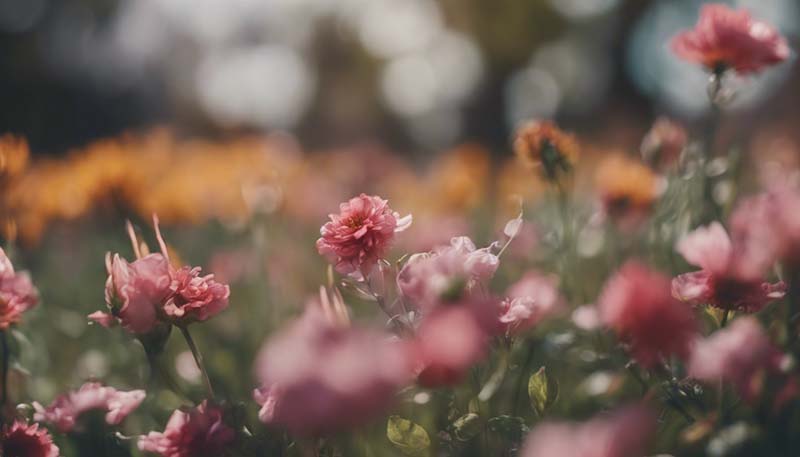Capturing the Beauty of Seasonal Flowers: Photography Tips
Photography and Inspiration | 2024-06-09
Capturing the Beauty of Seasonal Flowers: Photography Tips
Flowers are a timeless subject for photographers, offering a canvas of colors, shapes, and textures that change with the seasons. Whether it's the delicate blossoms of spring, the bold blooms of summer, the vibrant hues of autumn, or the subtle beauty of winter, each season brings a unique opportunity to capture the essence of nature's floral bounty. Here are some photography tips to help you make the most of these seasonal offerings.
Understanding the Light
Light is the key to any photograph, and understanding how it interacts with flowers can make or break your image. Here's how to make the most of it:
Golden Hours
The golden hours, just after sunrise and just before sunset, provide the most flattering light for photography. The soft, warm light enhances the colors and adds depth to your flower photos.
Soft Overcast Light
On cloudy days, the diffused light can be a photographer's best friend. It eliminates harsh shadows and provides a soft, even illumination that's perfect for detailed close-ups of flowers.
Advertisement
Choosing the Right Equipment
While you can certainly take beautiful flower photos with a smartphone, having the right equipment can elevate your work to the next level.
DSLR or Mirrorless Camera
A DSLR or mirrorless camera gives you more control over settings like aperture, shutter speed, and ISO, allowing you to capture the perfect exposure for your flower shots.
Macro Lens
A macro lens is ideal for close-up photography and will allow you to capture the intricate details of petals and stamens.
Tripod
A sturdy tripod can be a lifesaver, especially when shooting in low light conditions or when you want to use a slow shutter speed for artistic effect.
Composing Your Shot
Good composition is crucial to creating compelling images. Here are some compositional tips to consider:
Rule of Thirds
Divide your frame into a 3x3 grid and place the main subject along these lines or at the intersections for a balanced and engaging composition.
Fill the Frame
Don't be afraid to get close and fill the frame with your subject. This can help eliminate distractions and focus attention on the flower's details.
Background
Pay attention to what's behind your subject. A busy or cluttered background can detract from the beauty of the flower. Use a wide aperture to blur the background or choose a simple, uncluttered backdrop.
Experiment with Techniques
Don't be afraid to try new techniques and push the boundaries of your creativity.
Selective Focus
Use a wide aperture (low f-stop number) to create a shallow depth of field, which will keep your flower in sharp focus while blurring the background.
Black and White
Sometimes, removing color can highlight the texture and form of a flower in a way that color images cannot.
Abstract Images
Look for opportunities to create abstract images by focusing on patterns, shapes, or the negative space around the flowers.
Post-Processing
Post-processing can enhance your images and bring out the best in your flower photography.
Adjusting Exposure
Use editing software to adjust the exposure, highlights, and shadows to ensure that the details of the flower are visible and vibrant.

Cropping
Cropping can help improve the composition of your image by removing unnecessary elements and focusing on the most interesting parts of the flower.
Sharpening
Subtle sharpening can bring out the intricate details of the petals and make your images pop.
Conclusion
Seasonal flowers offer endless opportunities for creative photography. Whether you're a beginner or an experienced photographer, always be on the lookout for new ways to capture the beauty of these ephemeral subjects. Remember, practice makes perfect, so get out there and start shooting!
Note: This article is for educational purposes and provides tips on flower photography. It does not include actual photographs due to the limitations of this text-based platform.
Comments